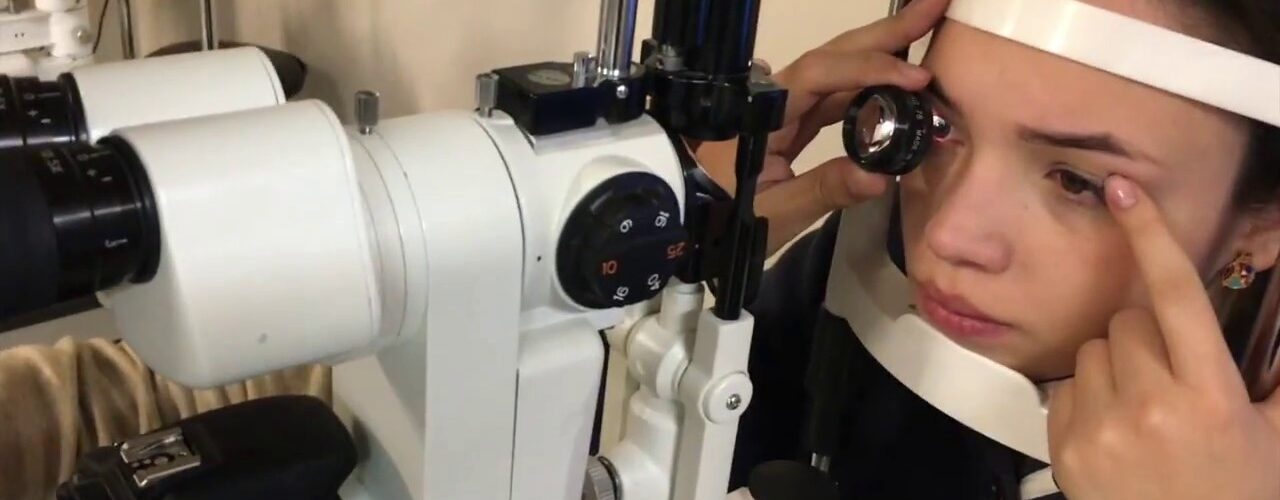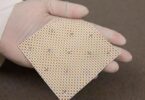The Ophthalmoscope is considered a powerful tool for the ophthalmologist.
The Ophthalmoscope is defined as the examination performed by a specialist in which he uses a magnifying glass and a light to observe the back of the eye. In addition, the ophthalmoscope is composed of an angled mirror, several lenses and a light source. For this reason, the device offers a panoramic view of the fundus of the eye, for the diagnosis and monitoring of various eye diseases.
Thus, the Instrument can diagnose alterations of the retina, optic nerve or blood vessels and check the evolution of systemic diseases such as high blood pressure or diabetes mellitus. Likewise, ophthalmoscopy can reveal opacities of the lens or vitreous, allows the evaluation of the cup-papilla ratio and identifies retinal or vascular alterations.
On the other hand, it is important to highlight that the optic cup is the central depression, and the optic papilla is the entire area of the head of the optic nerve.
Procedure for the exam: You are given eye drops to dilate your pupils allowing the specialist to use the ophthalmoscope device to view the structures at the back of the eye. The doctor then looks at the back of the eye, and if it is in a normal state, it is orange or brown with a slightly darker area in the center which corresponds to the macula. Indeed, the area called the fundus includes the retina, nearby blood vessels and the optic nerve.
There are two types of ophthalmoscopes direct and indirect:
- The direct ophthalmoscope allows the optician to examine a smaller area of the retina at one time.
- The indirect ophthalmoscope allows the examination of a larger area of the retina at one time, but at a lower magnification.
It also has a red, yellow and blue filter. The patient should also know that this is a painless and simple test.
Other instruments used by an ophthalmologist:
- Indirect ophthalmoscope accessories.
- Manual Slit Lamps.
- Direct ophthalmoscopes.
- Indirect binocular ophthalmoscopes.
- Other ophthalmological instruments.
- Retinoscope.
- Retinometer.
In short, we can say that Ophthalmology safeguards the patient’s visual capacity through medical treatment techniques, surgery or with the help of external elements such as glasses or contact lenses.
Font
https://www.heine.com/es/productos/instrumentos-oftalmologicos
https://www.cancer.gov/espanol/publicaciones/diccionarios/diccionario-cancer/def/oftalmoscopia









